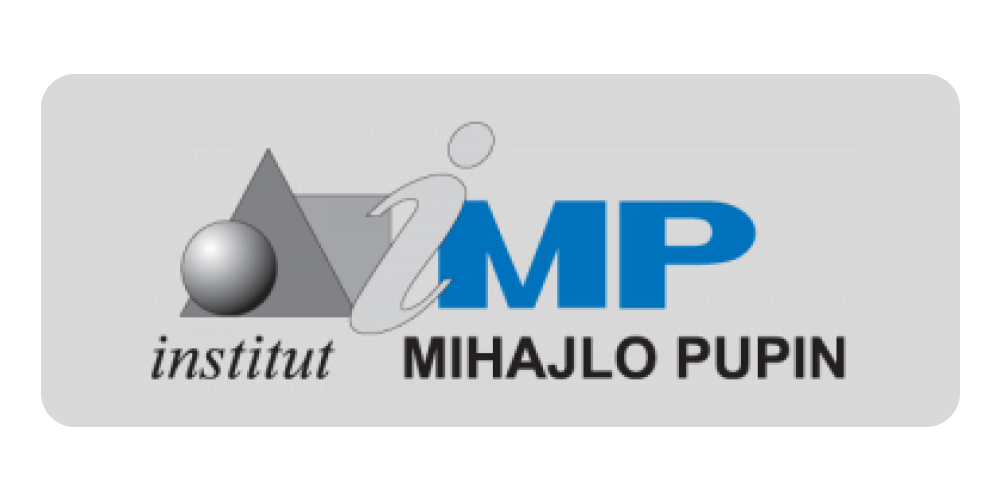'Faculty of Mechanical Engineering and Naval Architecture, Univ. of Zagreb'
Analysis of corrosion depth percentage on the inner bottom plates of aging bulk carriers with an aim to optimize corrosion margin
2021
English
To ensure the better structural integrity and maximum safety of bulk carriers in the ship design phase, an appropriate corrosion margin is introduced by the classification societies, which should enable the exploitation of ships during the projected 25-year life cycle. The new Common Structural Rules introduce even higher corrosion margin value to ensure the structural integrity of the ship. This directly affects the increase in hull weight and thus the need for more total installed power and higher fuel consumption. Higher fuel consumption results in increased emissions which directly affects environmental pollution. For these reasons, efforts are being made to introduce alternative energy sources, cleaner fuel, ship weight reduction, and the overall economic efficiency of ships. Therefore, using experimental data collected on aging bulk carriers, the paper explores the corrosion margin reduction potential considering its impact on hull weight. Assuming that the corrosive processes occur after four years of operation, a linear model that describes the percentage of plate wear as a function of the as build-in the thickness of inner bottom plates (IBP) of fuel oil tanks (FOT) located on the double bottom of aging bulk carriers, is analyzed. Over the course of 25 years, the IBP segment was monitored on 36 different ships surveys. In this way, 520 input data describing the depth of corrosion were formed. At the same time, records were kept on the mean thickness of the original metal plate, which enabled systematization of the empirical database and grouping of measured values by intervals of original plate thicknesses, and simple conversion of corrosion depth into adequate percentage values. Depth corrosion percentages were represented by standard linear models known in the literature. Based on this analysis, representative numerical and graphical results were obtained. Conclusions from the paper can assist to optimize corrosion margin and the energy efficiency of future vessels
'MDPI AG'
Evaluation of the Corrosion Depth of Double Bottom Longitudinal Girder on Aging Bulk Carriers
The longitudinal girder (LG) between fuel oil tanks (FOT) and water ballast tanks in the double bottoms of ships represent critical structural parts whose watertight nature could be harmed by corrosion, thus, causing the pollution of water ballast tanks and adjacent areas. The new common structural rules (CSR) define the minimum thickness values of structural elements and corrosion margins. The assessment of the deviations from the prescribed values during ship operation could optimize the prescribed...
Preuzmite dokument
2022
 Vukelić, Goran
,
Momčilović, Nikola
,
Kovac, Nataša
,
Ivosević, Spiro
Vukelić, Goran
,
Momčilović, Nikola
,
Kovac, Nataša
,
Ivosević, Spiro
'Association for Promotion and Development of Maritime Industries'
The Analyses of the Rate of Pitting Corrosion of a NiTi Rod in a Natural Marine Environment
The analysis of the behaviour of new materials in the natural environment is important for their
application and commercial use. In order to explore the application of Shape Memory Alloys in the
Maritime industry, this research focuses on the corrosive behaviour of the NiTi rod that was produced
by means of a continuous casting process. The experiment included three samples of NiTi rods that
were exposed to the marine environment for 6, 12 and 18 months at a depth of 3 metres below the
surface....
Preuzmite dokument
English
2022
 Majerič, Peter
,
Vastag, Gyöngyi
,
Rudolf, Rebeka
,
Kovac, Nataša
,
Ivosević, Spiro
Majerič, Peter
,
Vastag, Gyöngyi
,
Rudolf, Rebeka
,
Kovac, Nataša
,
Ivosević, Spiro
'Faculty of Mechanical Engineering and Naval Architecture, Univ. of Zagreb'
ANALYSIS OF CORROSION DEPTH PERCENTAGE ON THE INNER BOTTOM PLATES OF AGING BULK CARRIERS WITH AN AIM TO OPTIMIZE CORROSION MARGIN
To ensure the better structural integrity and maximum safety of bulk carriers in the ship design phase, an appropriate corrosion margin is introduced by the classification societies, which should enable the exploitation of ships during the projected 25-year life cycle. The new Common Structural Rules introduce even higher corrosion margin value to ensure the structural integrity of the ship. This directly affects the increase in hull weight and thus the need for more total installed power and higher...
Preuzmite dokument
English
2021
 Vukelić, Goran
,
Momčilović, Nikola
,
Kovac, Nataša
,
Ivosević, Spiro
Vukelić, Goran
,
Momčilović, Nikola
,
Kovac, Nataša
,
Ivosević, Spiro
'Faculty of Mechanical Engineering and Naval Architecture, Univ. of Zagreb'
Analysis of corrosion depth percentage on the inner bottom plates of aging bulk carriers with an aim to optimize corrosion margin
To ensure the better structural integrity and maximum safety of bulk carriers in the ship design phase, an appropriate corrosion margin is introduced by the classification societies, which should enable the exploitation of ships during the projected 25-year life cycle. The new Common Structural Rules introduce even higher corrosion margin value to ensure the structural integrity of the ship. This directly affects the increase in hull weight and thus the need for more total installed power and higher...
Preuzmite dokument
English
2021
 Vukelić, Goran
,
Momčilović, Nikola
,
Kovac, Nataša
,
Ivosević, Spiro
Vukelić, Goran
,
Momčilović, Nikola
,
Kovac, Nataša
,
Ivosević, Spiro






